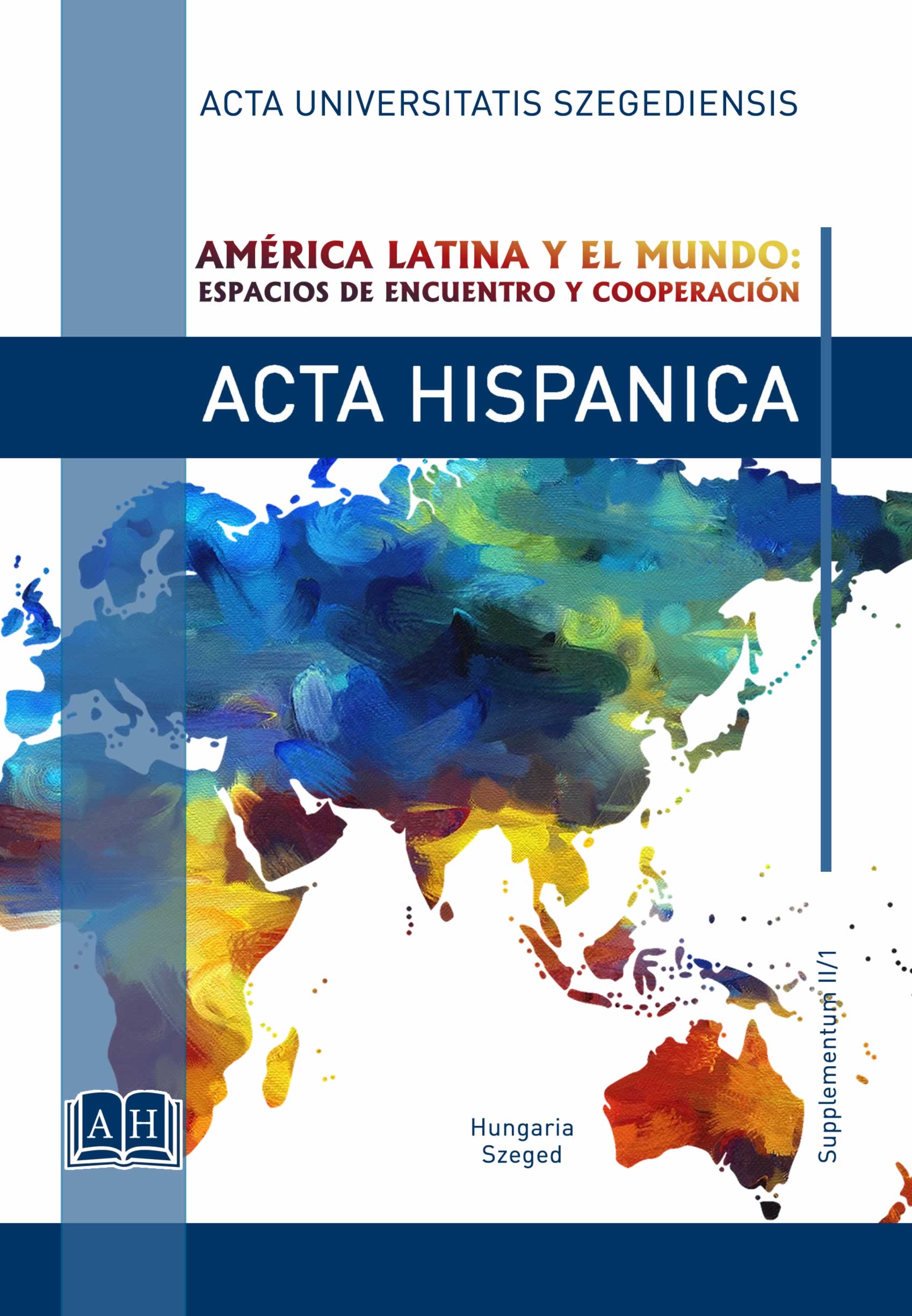Cuoplets, Devils and Carnival About Celebrations and Celebrants Throughout the Andes
Main Article Content
Abstract
La Copla has remained in America for centuries expressing the life of the original peoples in the Andes. It is, in the words of Leda Valladares, of collective songs accompanied by Cajas, whistles and rattles that appear in Carnival time with a strength of the accent and the voice expelled in spurts, and where the figure of the ¨diablo¨ is the one who presides all this Party space and joy. In South America, during the process of conquest and colonization, the Catholic Church began a period of catechism proposing to make known the images of both the Virgin Mary, Jesus and the saints, as well as that of angels and devils. Thus, these figures with different conceptions and assimilations were repeated from the colonial era to the present day in different parts of the American continent. The objective of this work is to make a comparison of the couplets of the Argentine Northwest, with the Couplets of the Cajamarquino Carnival of Peru, where the figure of the carnival devil represents a time when the most significant features of Andean social life become “bottoms-up”, which is then reflected in the lyrics and music of these songs.
Downloads
Article Details
References
Balderramo, Dario (2015). El canto con caja. La percusión en el Noroeste Argentino. En: Picconi – Garduño. 2015. Sonidos Ancestralea de América Latina. Nuevas Interpretaciones. Córdoba, Argentina: Editorial Babel. 111-141.
Barrera Vázquez, Alfredo (1961). Prólogo. En: Martí, Samuel. 1961. Canto, Danza y Música Precortesianas. México: Fondo de Cultura Económica.
Carnaval en la Quebarda de Huahuaca. Vol 1. (2010.) Música Autóctona y Cantos de la Tradición Oral Andina. (CD). Tilcara, Jujuy, Argentina: Talleres Libres.
Colombres, Adolfo (1997). Sobre la cultura y el Arte Popular. Buenos Aires: Ediciones Colihue.
Cosentino, I. y Arias, S. (dirs.) (2010). Música y danza en la costa peruana (Vol. 5. Afrodescendientes). Buenos Aires: Ministerio de Relaciones Exteriores, Comercio Internacional y Culto de la República Argentina. Asequible en: http://www.la- vozdelossinvoz.gob.ar/musica/vol5/vol5.pdf, fecha de consulta: 03-08-2020.
Díaz Velázquez, Eva (2009-2010). Coplas del Carnaval cajamarquino. Cajamarca, Perú: Edición de la autora.
Karasik, G. – Costa M. (2010). ¿Supay o diablo? El Carnaval en la Quebrada de Humahuaca. En: Cruz, Enrique Normando. 2010. Carnavales, Fiestas y Ferias. Salta, Argentina: Purmamarka Ediciones.
Mirande, María Eduarda (2010). Largenme p´al Carnaval. En: Cruz, Enrique Normando. 2010. Carnavales, Fiestas y Ferias. Salta, Argentina: Purmamarka Ediciones.
Picconi, M. L. (2018). El diablo en América de sur a norte, de cultura en cultura jugando a las escondidas. En: Yáñez Canal, Carlos. 2018. Entre – lugares de las culturas. Bogotá, Colombia: Universidad Nacional de Colombia, 119-128.
Picconi, M. L. (2017). Diablos buenos, diablos malos: el diablo anda suelto en el carnaval americano. THULE Rivista italiana di studi americanistici, 42-43. aprile-ottobre, Perugia: Circolo Amerindiano, 377-386.
Ribeiro, Darcy (1985). Las Américas y la Civilización. Buenos Aires: Centro Editor de América Latina.
Rocca Torres, Luis (2010). Herencia de esclavos en el norte del Perú. Lima: Centro de Desarrollo étnico, CEDET.
Valladares, Leda (1986). Canto Vallisto con caja. Buenos Aires: Editorial Lagos.
Vázquez, Chalena (2010). Programa La voz de los sin voz. Afroperuanos. Cancillería de Nación. Argentina. Asequible en: https://www.youtube.com/watch?v=eAks9wqz_L8.





